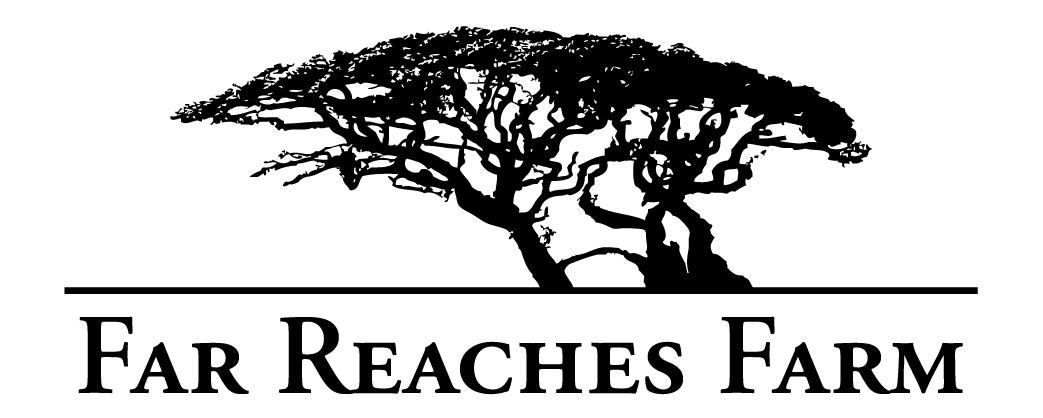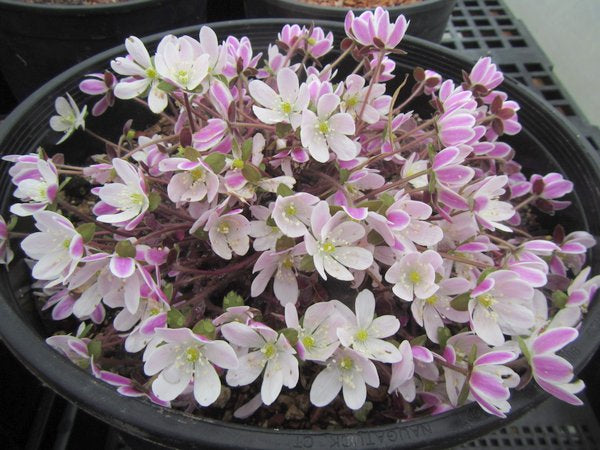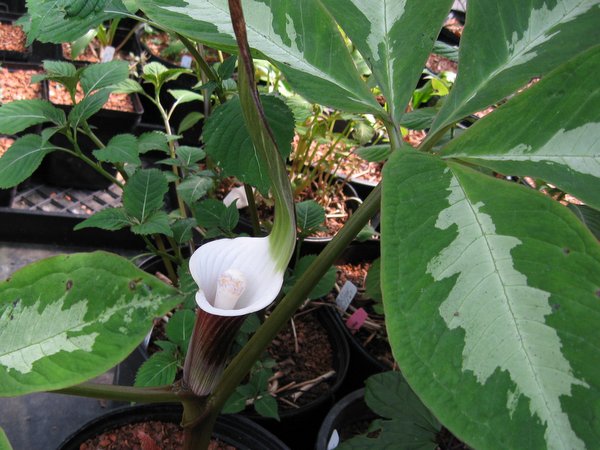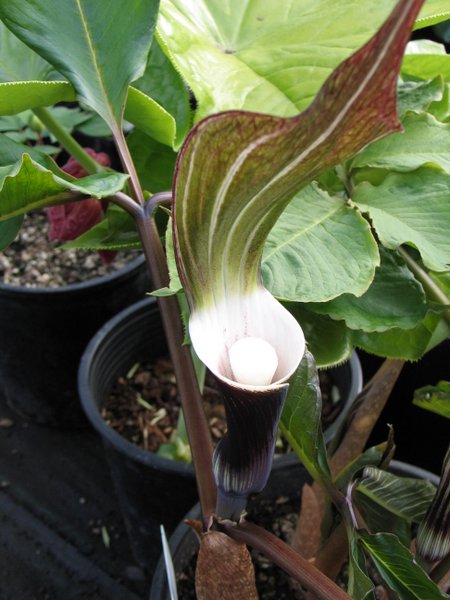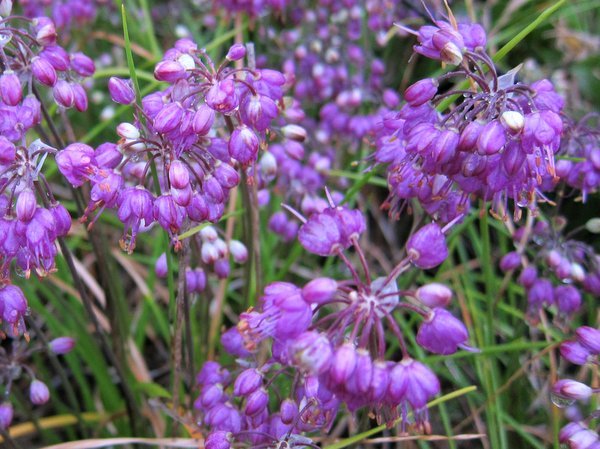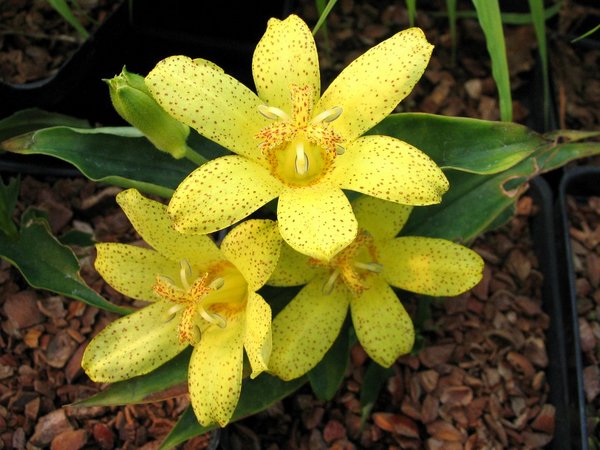Sort by:
129 products
129 products
This naturally occuring hybrid Deparia comes to us via plantsman Lance Reiners. Forms a clump of glossy dark green single fronds, each of which is marked by an extremely crenate margin, think scrapbooking scissors. The overall effect is rather eel-like and somewhere between a small blechnum and a tongue fern. Very unusual and quite attractive, wants a wet but well drained spot. Should be hardy down to Zone 7 given its parentage but will possibly go slightly lower.
Choice woodland species from Japan where the small bowl-shaped white flowers are much admired and combine harmoniously with the simple rounded leaflets. An easy herbaceous species and one of the few Peonies that thrives in the shade. Looks great with Ferns, Hellebores and Hostas. This species has been submerged into Paeonia obovata by Hong De-Yuan in his extraordinary monograph 'Peonies of the World, Taxonomy and Phytogeography'. This book, along with the newly published second volume (2011) 'Peonies of the World, Polymorphism and Diversity', will remain the undisputed last answer for the foreseeable future.
That said, we will retain the epithet japonica to differentiate it from obovata as this blooms much earlier than our pink P. obovata from Japan and has an entirely different horticultural gestalt in the garden. We can hear Hong De-Yuan now "I pour my life into this unrivaled and exhaustive treatment of the genus Paeonia and this is what you take from it - horticultural gestalt? AARRRGGGHHH!" These are big blooming size bare root plants, most with multiple eyes.
Crazy fern that takes away the need to fuss of growing this from spore, as it makes a multitudinous panoply of ready-to-go plantlets on the leaves that will soon have you owning the corner in your 'hood dealing in fern babies. Remember, if it's a kid, the first one is free. Warmer gardens or indoors, mulch protect in zone 8 winters.This is often seen as W. orientalis in the trade but the pterido-prophets say the signs point to prolifer.
